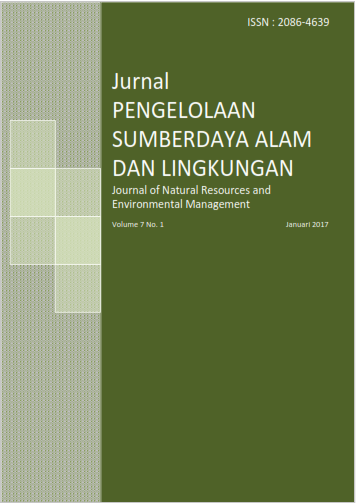ANALISIS KEBUTUHAN INFRASTRUKTUR PENGOLAHAN AIR MINUM DI PERMUKIMAN KUMUH (Studi Kasus : Kota Bandung)
Abstract
Bandung City is one of metropolitan cities. Therefore, Bandung City can not escape from the problem of slums emerging. Slums is characterized especially by lack of raw water availability and pollution. Based oh those facts, this study aimed to calculate the resource gap in terms of quantity and quality of water, for people living in the slums in Bandung City based on minimum service standards and environment quality standards, and determining the form of basic infrastructure as a substitute provider of natural resources water that most appropriate. The study was located ini three kelurahan which represent the three typologies of slums, there are Kelurahan Tamansari, Kelurahan Babakan Ciamis, and Kelurahan Cihargeulis.
The result showed that the priority infrastructure at Kelurahan Tamansari for water is piping from PDAM or local surface water treatment. The priority infrastructure at Kelurahan Babakan Ciamis for water is piping from PDAM. The priority infrastructure at Kelurahan Cihargeulis for water is piping from PDAM.
Keywords: Slums, water natural resource,, minimum service standards, environmental standards, the basic infrastructure of the settlements
Authors
Authors who publish with this journal agree to the following terms:
- Authors retain copyright and grant the journal right of first publication with the work simultaneously licensed under a Creative Commons Attribution License that allows others to share the work with an acknowledgement of the work's authorship and initial publication in this journal.
- Authors are able to enter into separate, additional contractual arrangements for the non-exclusive distribution of the journal's published version of the work (e.g., post it to an institutional repository or publish it in a book), with an acknowledgement of its initial publication in this journal.
- Authors are permitted and encouraged to post their work online (e.g., in institutional repositories or on their website) prior to and during the submission process, as it can lead to productive exchanges, as well as earlier and greater citation of published work (See The Effect of Open Access).






